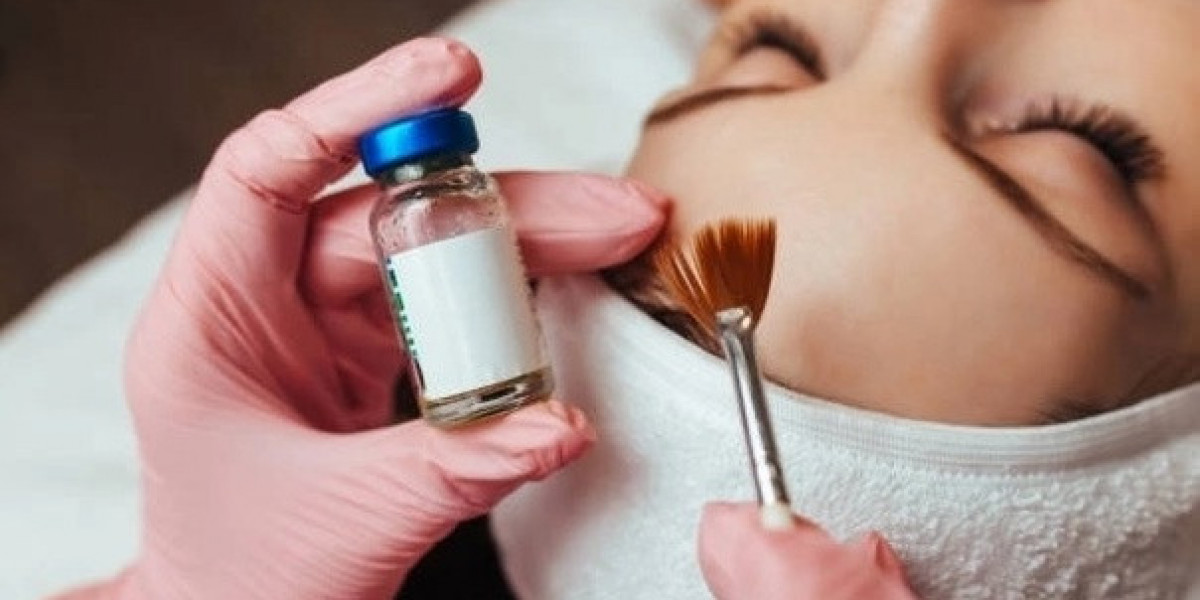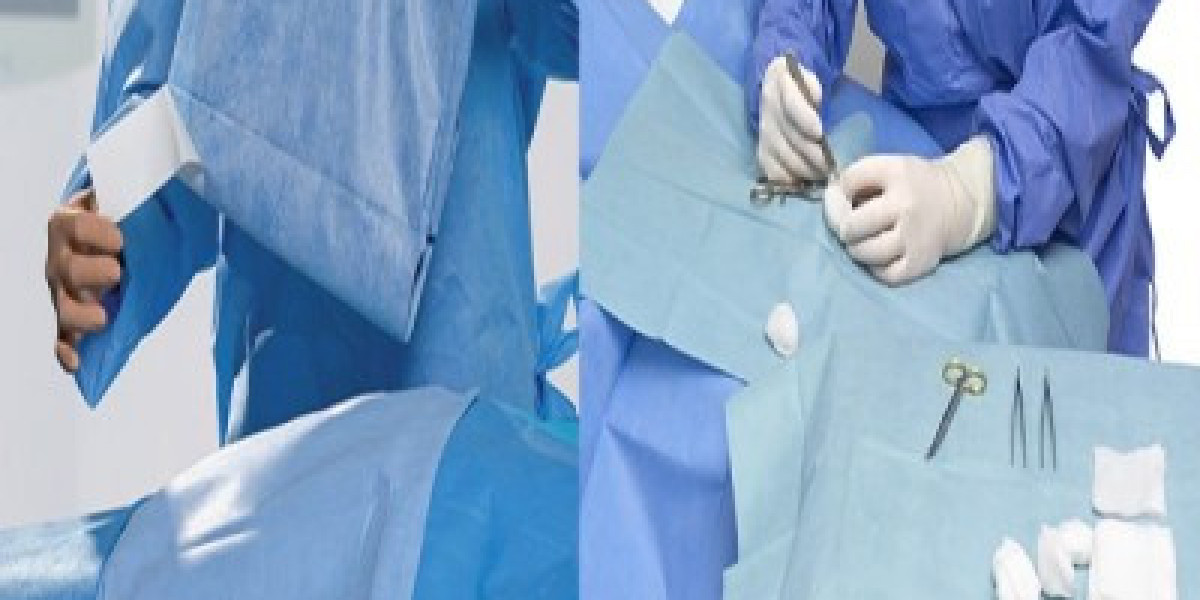Chemical peels have become a popular skincare treatment for improving skin texture, tone, and overall appearance. If you are considering chemical peels in Islamabad, understanding what happens during the session can help ease any concerns and prepare you for the experience. This article provides a detailed overview of the chemical peel procedure, sensations you might feel, recovery process, and important aftercare tips.
What Are Chemical Peels?
Chemical peels involve applying a chemical solution to the skin to remove the damaged outer layers. This stimulates the regeneration of fresh, new skin that is smoother, clearer, and more youthful-looking. Different types of peels are available depending on your skin concerns, including superficial, medium, and deep peels.
Preparing for Your Chemical Peel Session
Before your appointment, your dermatologist or skincare specialist will evaluate your skin type and discuss your goals. You might be advised to stop certain skincare products like retinoids or exfoliants a few days prior to your peel to reduce sensitivity. It’s also important to avoid sun exposure and tanning beds before your session.
Step-by-Step Chemical Peel Procedure
1. Cleansing:
Your skin will be thoroughly cleansed to remove oils, dirt, and makeup, ensuring the peel solution penetrates evenly.
2. Protection:
Sensitive areas such as the eyes, lips, and hairline will be protected with petroleum jelly or other barriers to prevent irritation.
3. Application of the Chemical Solution:
The peel solution is carefully applied using a brush, cotton pad, or gauze. The solution type varies based on the peel's depth and your skin’s needs. Common acids used include glycolic acid, salicylic acid, trichloroacetic acid (TCA), and phenol.
4. Monitoring Sensations:
You might experience tingling, warmth, or mild stinging during the application. These sensations usually last a few minutes and are manageable.
5. Neutralization:
For some peels, the solution is neutralized with water or another agent after a specific time. Others are self-neutralizing.
6. Removal:
The peel may be gently wiped off or left on, depending on the type. Your specialist will provide clear instructions.
Sensations and Reactions During the Peel
Most patients tolerate superficial and medium peels well, experiencing only mild discomfort. Deeper peels can cause stronger burning or stinging and may require sedation or anesthesia. After the peel, your skin will likely appear red and feel tight, similar to a mild sunburn.
Immediate Post-Peel Care
After the session, your skin might feel warm and sensitive. Your dermatologist will apply soothing ointments or moisturizers to aid healing. It’s critical to follow these care instructions carefully to avoid complications like infection or pigmentation changes.
Recovery and Healing Process
Days 1–3: Your skin may look red and swollen, especially with medium or deep peels.
Days 4–7: Peeling and flaking begin as old skin sheds. Avoid picking or peeling the skin manually.
After 1 Week: New, fresh skin becomes visible.
Superficial peels typically have little to no downtime, while medium and deep peels require longer recovery.
Aftercare Tips for Best Results
Avoid direct sun exposure; use a broad-spectrum sunscreen with SPF 30 or higher daily.
Keep your skin hydrated with gentle, fragrance-free moisturizers.
Avoid harsh skincare products like exfoliants, retinoids, or alcohol-based toners until fully healed.
Do not pick at peeling skin to prevent scarring or infection.
Follow all post-peel instructions given by your dermatologist.
Who Should Avoid Chemical Peels?
Chemical peels are generally safe but may not be suitable for:
Pregnant or breastfeeding women
People with active skin infections or open wounds
Those with certain skin conditions like eczema or psoriasis
Individuals prone to keloid scars or pigmentation disorders
Always consult with a qualified dermatologist before proceeding.
Why Choose Professional Chemical Peels in Islamabad?
Choosing a reputable clinic for chemical peels in Islamabad ensures you receive professional assessment, safe application, and expert aftercare. Trained dermatologists tailor the treatment to your skin’s needs and minimize risks, giving you the best possible results.
Final Thoughts
A chemical peel session is a straightforward procedure that can dramatically improve your skin’s texture, clarity, and youthful appearance when done correctly. Knowing what to expect during the session helps reduce anxiety and sets realistic expectations for recovery and results. If you are considering chemical peels in Islamabad, consult an experienced dermatologist to find the ideal peel for your skin type and goals.
For trusted and professional chemical peels in Islamabad, visit this chemical peels in Islamabad link for more information and consultation.










